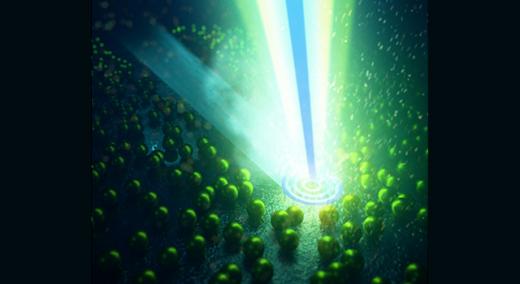Although laser-based 3D printing techniques have revolutionized the production of metal parts by greatly expanding design complexity, the laser beams traditionally used in metal printing have drawbacks that can lead to defects and poor mechanical performance.
|
ADVERTISEMENT |
Researchers at Lawrence Livermore National Laboratory (LLNL) are addressing the issue by exploring alternative shapes to the Gaussian beams commonly used in high-power laser printing processes such as laser powder bed fusion (LPBF).
In a paper published by Science Advances in September 2021, researchers described experiments with exotic optical beam shapes known as Bessel beams—reminiscent of bullseye patterns—which possess a number of unique properties such as self-healing and nondiffraction. They discovered that the application of these types of beams reduced the likelihood of pore formation and “keyholing,” a porosity-inducing phenomenon in LPBF exacerbated by the use of Gaussian beams.
…

Add new comment